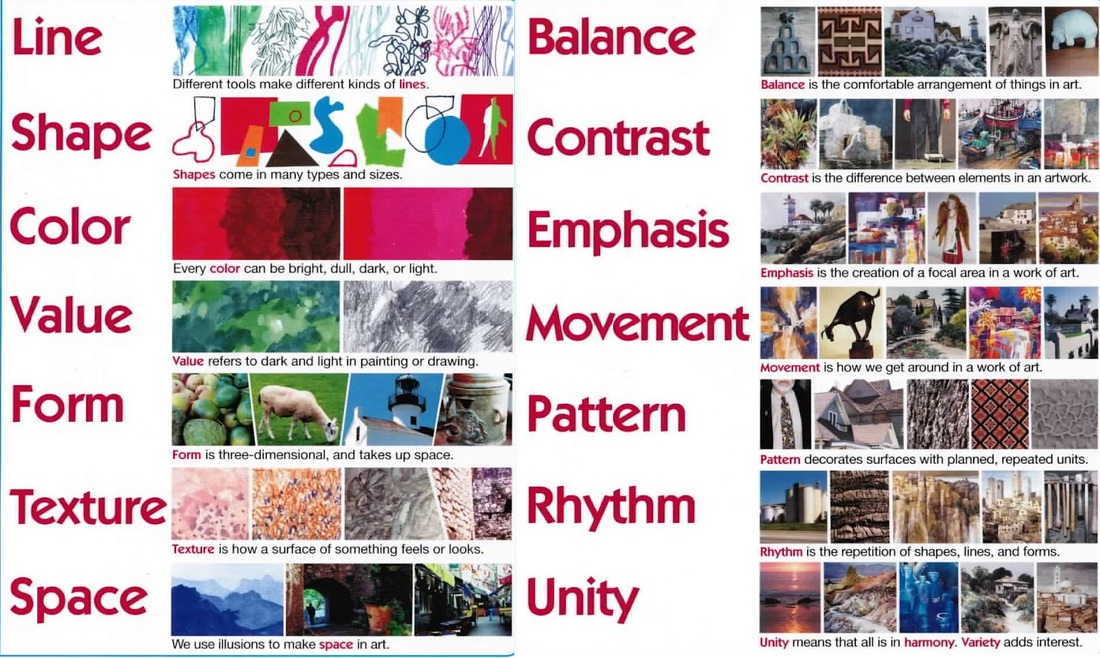Understanding and Applying Standards
Unpacking a standard and practicing backwards mapping related to the subject of Art in Junior High has helped me plan units better for my content area and grade level. Being able to understand standards helps me identify student proficiencies and develop instructional strategies to engage learners. Student’s meta-cognition is linked to performance outcomes and the ability of the teacher to reach learning objectives. By understanding the specifics of key elements desired from a standard, I can create goals and activities for students more clearly.
One of the keys to understand backwards mapping is seeing the entire learning process unfold. Once the learning activities are given, the students can learn as the teacher incrementally unpacks the standard. We as teachers, develop understanding by “extending and challenging understanding” (Wiggins, 2010). That means make students think independently and make room for errors.
The process of backwards mapping is a smart way of getting to see where the teacher can get the most and the best out of the students and where the students can get the most out of the lesson. The highest learning potential, utilizing comprehension, understanding and creativity, can be followed up by assessment activities such as tests and quizzes.
Project-based activities are good for assessing what the student has accumulated from the various teaching strategies that I implemented and activities from backwards planning. The point is to help students reach a higher level of thinking by evaluating, identifying and understanding concepts related to the standard. Wiggins says there are three different educational goals always at play: acquisition, meaning-making and transfer or prior learning (2010).
In my art class, I would have the big idea be “Art is life and life is art”. Then students would be faced with the question, “What does it mean to be human and what kind of humans would we be if art did not exist?”. I actually have had my students do a group activity and find at least three definitions and descriptions to what is art. I introduced them to theories by Lacan and other important historical figures who have tried to define art.
Teaching our students to remain opened and have an inquisitive mind is important. Giving them the chance to come up with big ideas, rather than learn definitions of things because of time restrain. Great teaching brings content to life. There is always room for new ideas because what we might take as fact today may be fallible tomorrow.
For example:
“In evolution: keep remembering that the idea that mutations are random and that selection is “natural” means that there is no guiding purpose to life-form change. This is the part of the theory of evolution that is most controversial, not the idea of evolution per se” (Wiggins, 2010).
Learners have to be helped to construct understanding rather than be told what to think all the time for the purpose of efficiency.
References
Wiggins G. 2010. What is the Big Idea? Retrieved December 20 from: http://www.authenticeducation.org/ae_bigideas/article.lasso?artid=99






